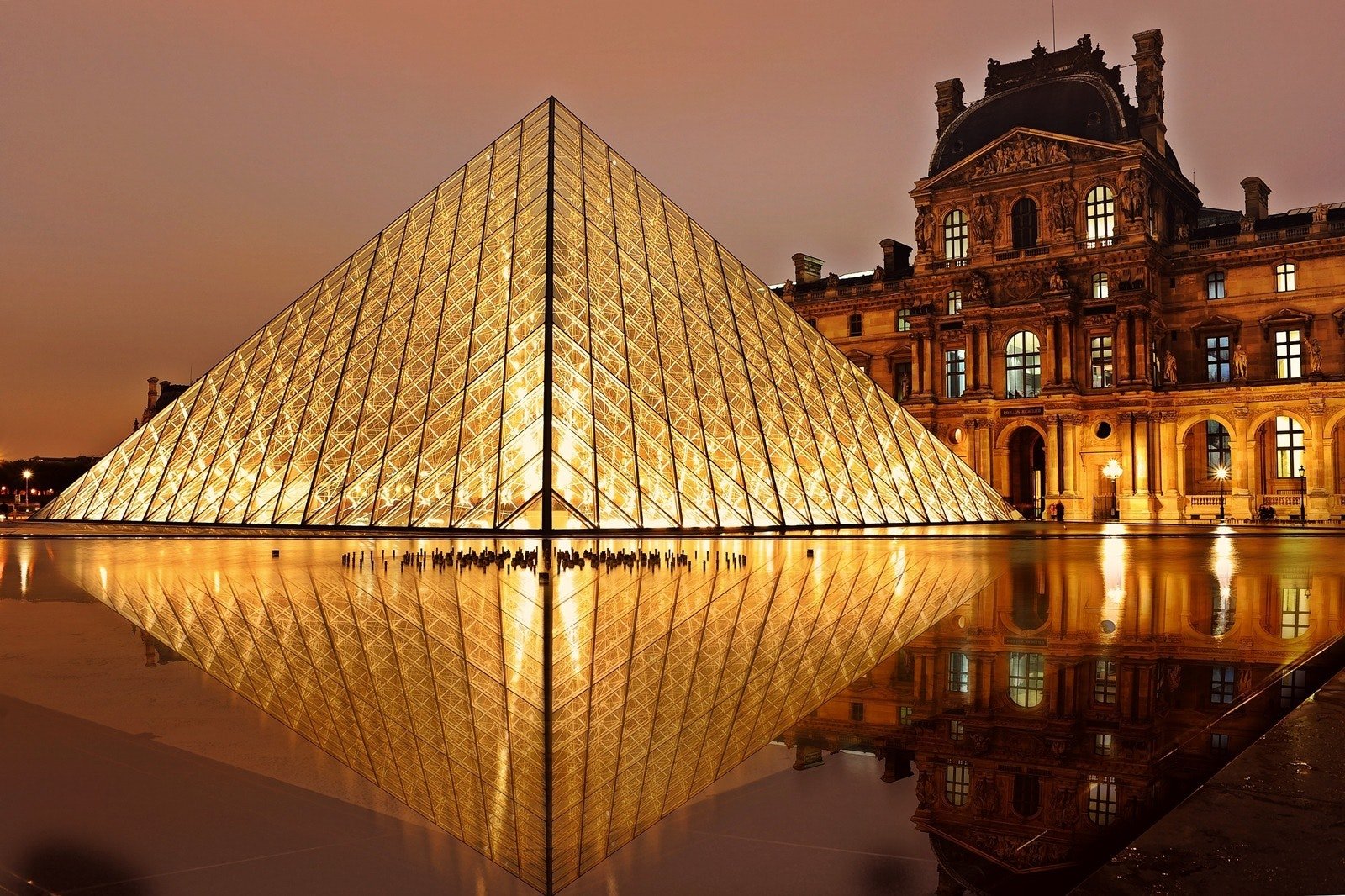In a dramatic twist to one of Europe’s most audacious museum heists, French authorities have arrested five new suspects in connection with the recent jewellery theft at Paris’s iconic Louvre Museum.
Paris public prosecutor Laure Beccuau confirmed on Thursday that the arrests were made late Wednesday night across Paris and its suburbs, including Seine-Saint-Denis, during coordinated police raids.
One of the detainees is believed to be part of the four-member team that executed the robbery. Two suspects had already been taken into custody last week — both men in their thirties with criminal records — and have “partially acknowledged” their involvement. The fourth suspect remains on the run.
Investigators Probe New Links and Roles
Beccuau told French radio RTL that the exact roles of the newly arrested individuals remain unclear but added, “They may eventually help us understand how the operation was planned and executed.”
Phones and other digital devices seized during the raids are being analysed for encrypted messages, which may reveal crucial details about the gang’s communication network. The suspects can be held for up to four days before being formally charged or released.
DNA Evidence Strengthens the Case
French investigators have said that DNA traces from one of the suspects arrested Wednesday night could match samples found at the crime scene. “We had him in our sights for some time,” Beccuau said.
She clarified that the latest arrests were not based on prior suspects’ statements but on “independent evidence” gathered in the investigation. Authorities believe the network behind the Louvre heist could be larger than those who physically carried out the theft.
Jewels Worth ₹790 Crore Still Unrecovered
On 19 October, four thieves broke into the Louvre’s Galerie d’Apollon (Gallery of Apollo) and stole jewellery worth €88 million (around ₹790 crore), including historic French crown jewels. The stolen pieces have not yet been recovered.
Among the missing items are the diamond-and-pearl-encrusted tiara worn by Empress Eugénie (wife of Napoleon III), the Marie-Louise necklace, and a pair of emerald-studded earrings — all part of France’s imperial legacy.
A Four-Minute Precision Operation
According to prosecutors, the thieves entered the museum at 9:30 a.m., just after opening hours, using a stolen vehicle-mounted lift to access the gallery from a balcony overlooking the River Seine. Using power tools, they cut open glass display cases and escaped at 9:38 a.m. on two scooters, later switching to cars and heading east.
No one was threatened or injured during the theft. France’s justice minister later admitted that “security protocols at the Louvre failed to prevent the crime.”
The museum’s director later revealed that the only security camera overlooking the Gallery of Apollo had been facing away from the balcony that the robbers used to break in.
Louvre Transfers Its Treasures to Bank of France
Following the theft, security has been tightened across France’s cultural institutions. The Louvre has moved some of its most valuable jewels to the Bank of France, where they are now stored in a vault 26 metres underground, one of the most secure locations in the country.
Bottom Line:
The Louvre heist, valued at ₹790 crore, has not only shaken France’s art world but also exposed vulnerabilities in global cultural security systems. Investigators believe the latest arrests could finally unravel the full scale of one of Europe’s most daring thefts.


